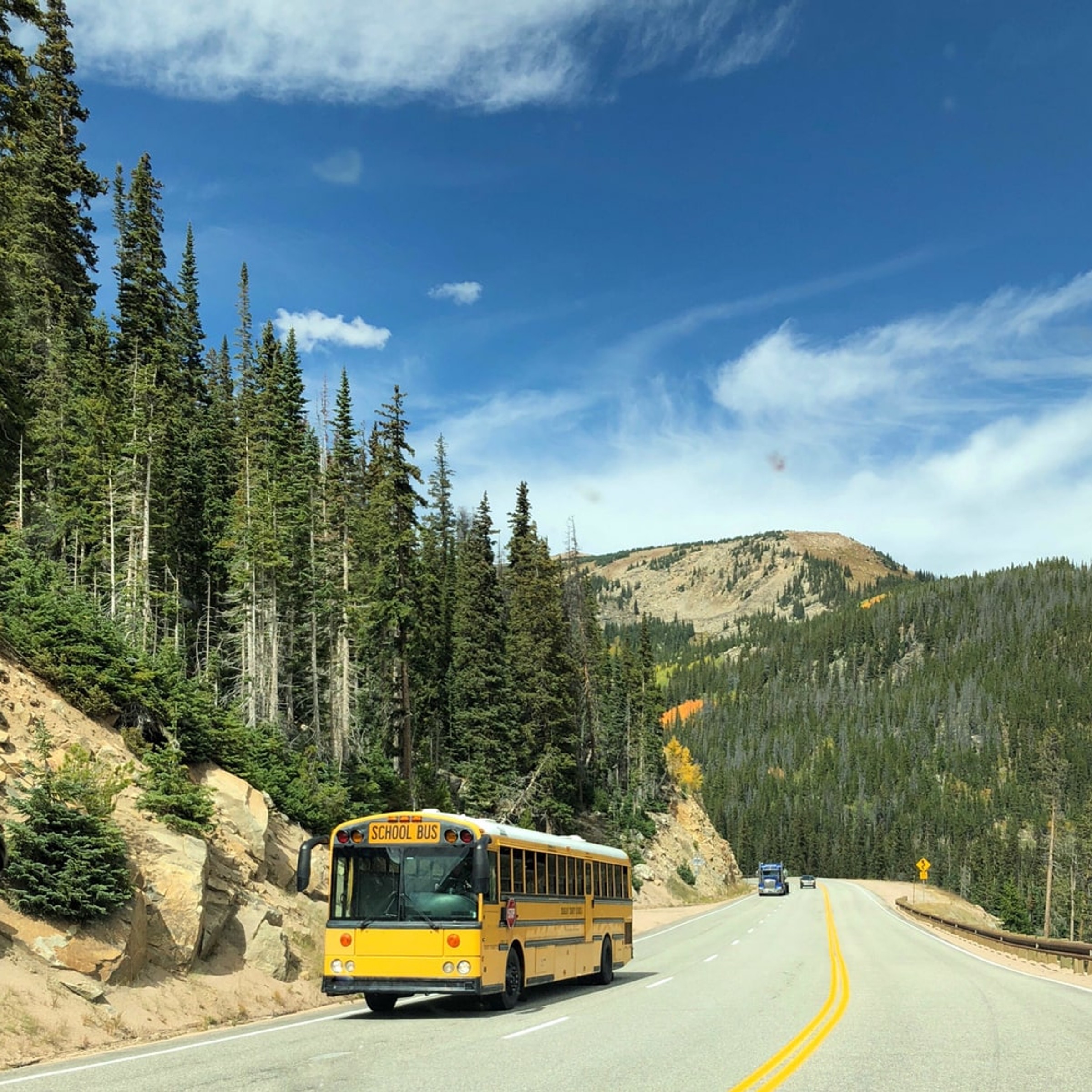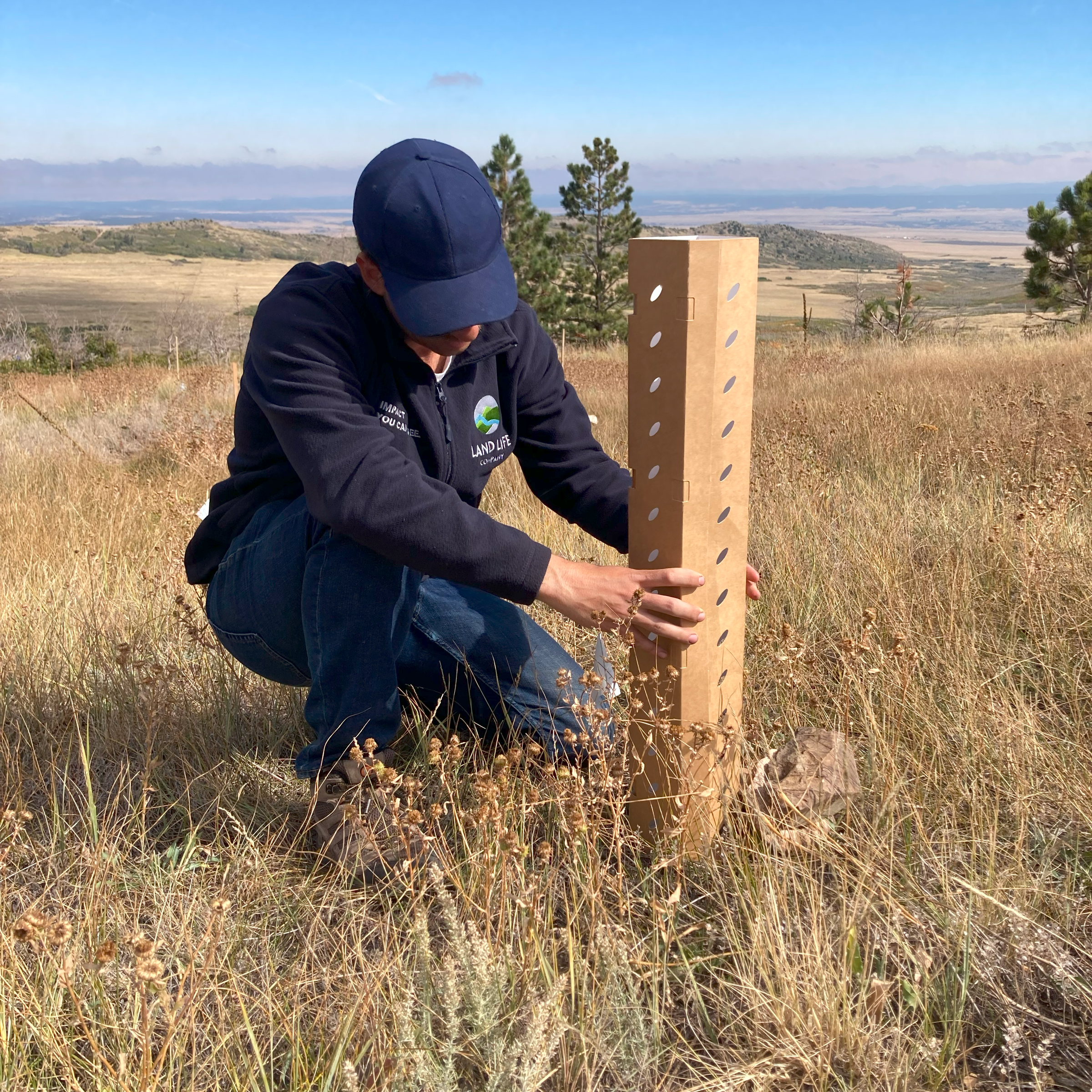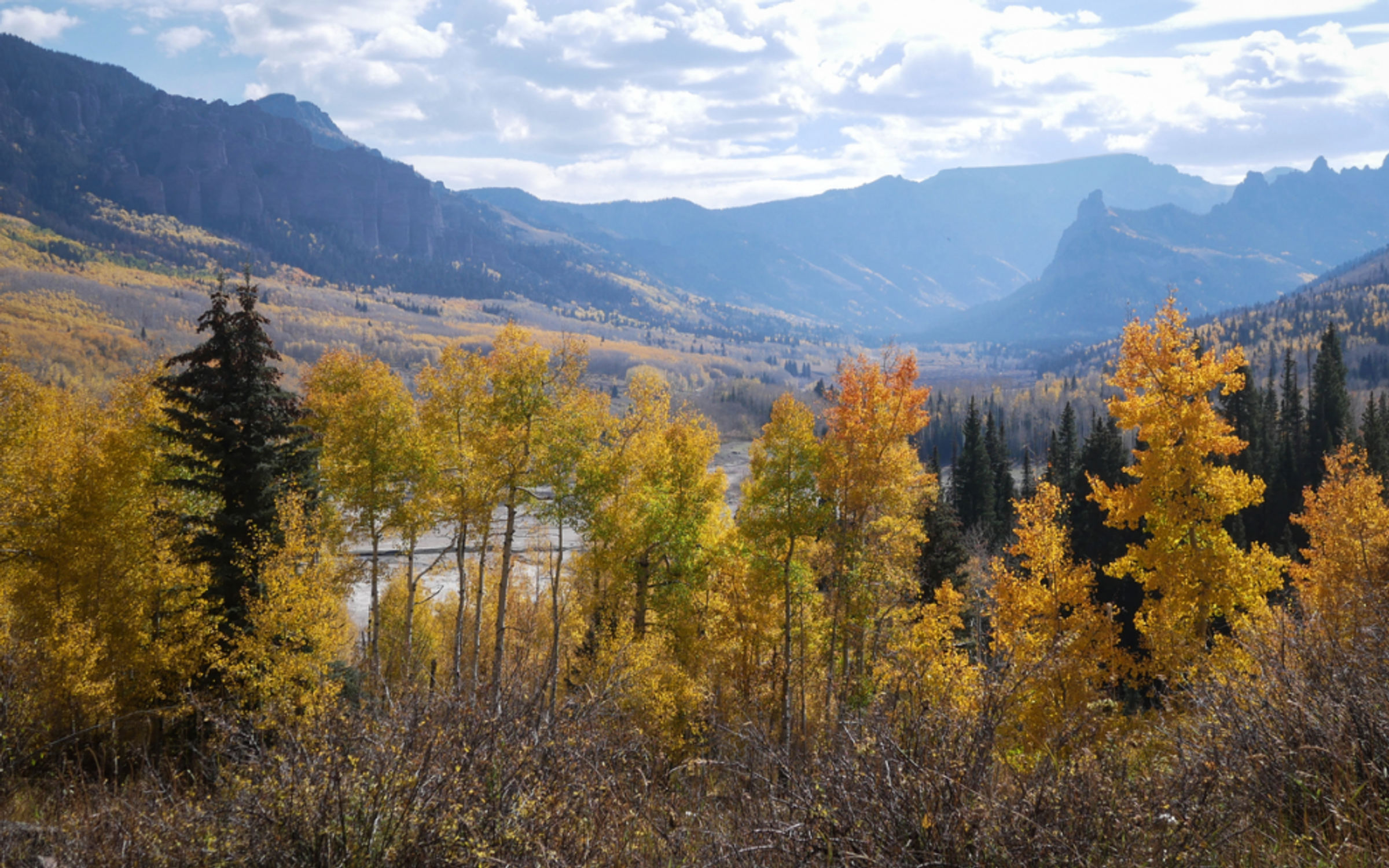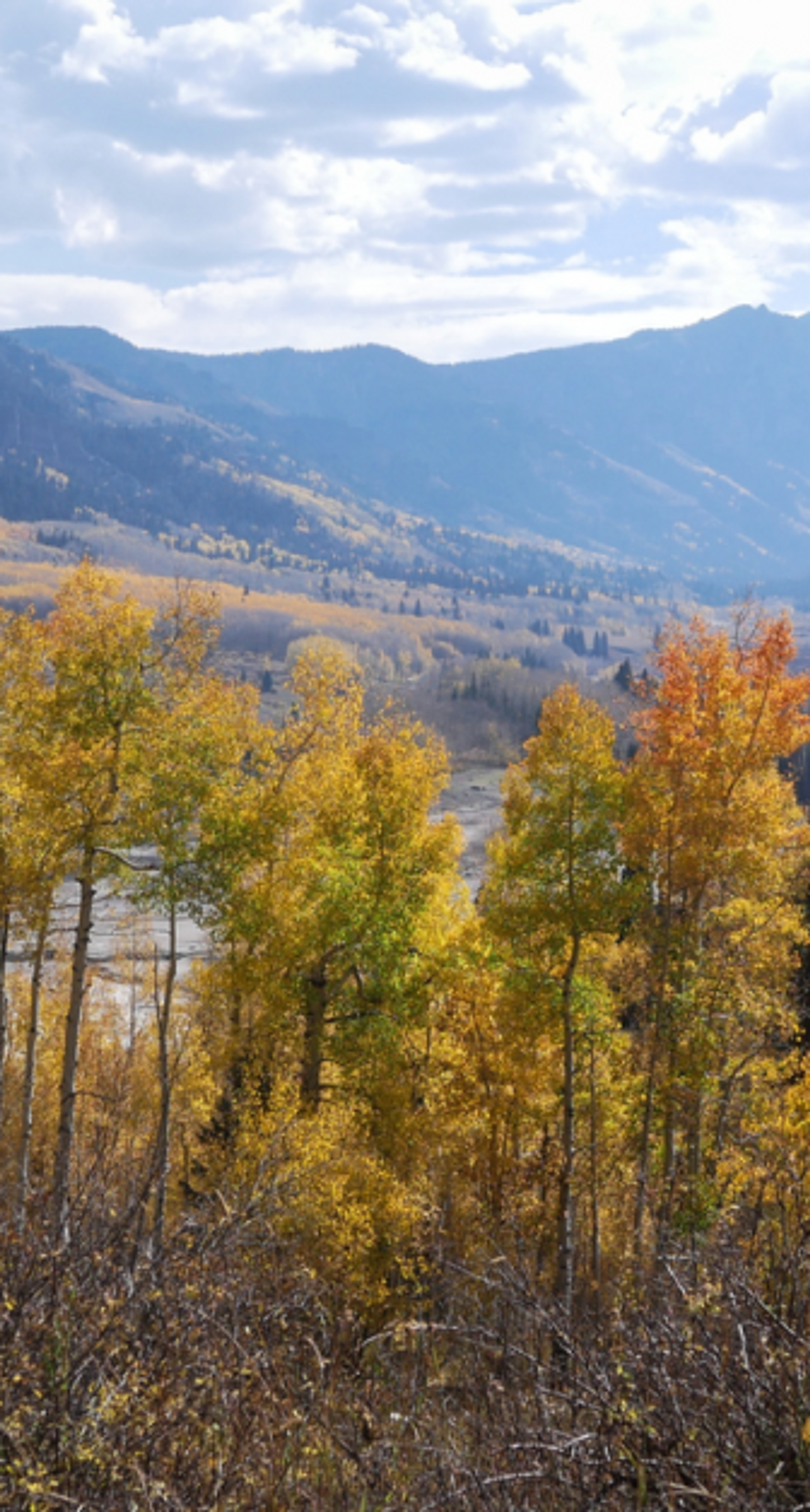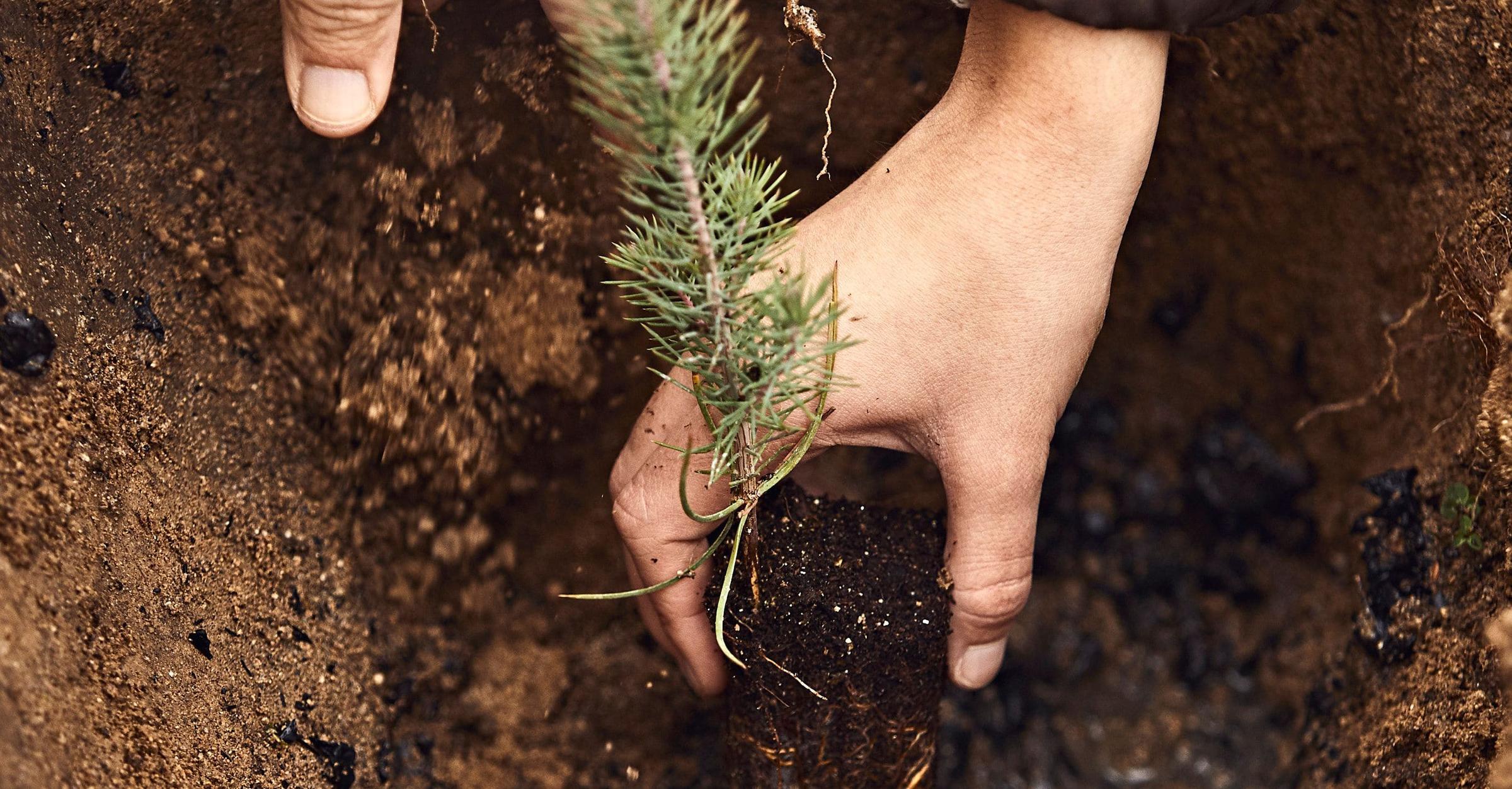Protecting Watersheds in Colorado with High-Integrity Carbon Removal Projects
How Land Life’s Reforestation Projects Help Safeguard Water Security in the American West
Across the western United States, catastrophic wildfires, drought, and other climate-induced stressors are degrading forested landscapes that provide vital ecosystem services such as water purification.
In a headwaters state like Colorado — where major rivers such as the Platte, Colorado, Arkansas, and Rio Grande originate — the stakes are especially high.
Colorado’s water supports cities, towns, farms, ranches, fisheries, and wildlife. Significantly, the cold-water flows originating in Colorado’s forests supply clean drinking water to millions of people across 18 states.
With a dry climate, frequent droughts, and growing water demand, protecting Colorado’s forested watersheds is a critical priority. Land Life’s high-integrity carbon removal projects in these key areas do more than sequester carbon — they deliver measurable community and ecosystem co-benefits while helping future-proof our customers’ value and supply chains.
Background: Disturbance and Recovery Challenges in Colorado Watersheds
Compounded by Colorado’s dry climate and steep terrain, the growing prevalence of high-severity wildfires poses significant threats to forested watersheds. When these intense fires burn through existing vegetation and crucial organic soil, they often leave behind hydrophobic (water-repellent) soils. This damaging alteration dramatically increases surface runoff, leading to severe erosion and the widespread mobilization of ash and sediment into waterways.
For example, after the 1996 Buffalo Creek FireOpens in a new tab., massive soil erosion led to over one million cubic yards of sediment washing into Denver’s Strontia Springs Reservoir, significantly impacting drinking water quality for local communities.
In the Front Range, a continuous mountain range running north-south through Colorado, sediment levels can remain up to four times higher than normal for up to five years following a fire — stressing aquatic ecosystems and increasing water treatment costs.
The Colorado State Forest Service considers the prioritization of reforestation efforts - reforesting burned areas, improving wildlife habitat and reducing soil erosion - an essential strategy to safeguard healthy forests, clean water and resilient landscapes for generations to come.
Strategic, multi-level collaboration between landowners, contractors and Land Life’s partners–spanning local, state and federal levels–is vital for effectively addressing water security, biodiversity and climate stability in Colorado.
Trinchera Blanca Ranch: Restoring Forests, Protecting Water, Removing Carbon
Land Life’s Trinchera Blanca Ranch project in southern Colorado is located within one of the largest privately conserved landscapes in the Rockies. Situated within an ecologically vital region, this area is home to over 184 endemic species. Its significant biodiversity exemplifies how nature-based solutions can offer integrated approaches to critical environmental challenges like carbon removal, biodiversity preservation and watershed protection.
Between 2022 - 2024, Land Life reforested 1,750 hectares (approximately 4,300 acres) of degraded land at Trinchera Blanca Ranch, planting more than 1.3 million trees. Eight native species, including Douglas-fir, ponderosa pine, lodgepole pine, Englemann spruce and white fir, were selected to suit the landscape’s unique topography, soils, and future climate conditions.
Land Life employed variable density planting designs intended to mimic natural forest structures. Planting areas with proper micro-siting conditions (for example, the north or east side of stumps, rocks, shrubs or downed woody debris) were targeted to help shield seedlings from sun and wind exposure.
Fast-growing aspens will act as natural firebreaks, while diverse, variable density planting ensures redundancy and resilience in the face of climate volatility. These forests are not just recovering — they’re evolving into more robust systems that can thrive under future climate conditions.
A Scalable Model for US Nature-Based Carbon Removal with Significant Community Co-Benefits
Land Life’s reforestation project at Trinchera Blanca Ranch demonstrates that ecological restoration can deliver critical climate and hydrological benefits — and that these solutions are scalable.
In 2025, Land Life and the Colorado State Land Board forged a landmark public-private partnership to reforest wildfire-affected ecosystems.
This first-of-its-kind partnership will use private finance from Land Life’s corporate customers to reforest up to 1,000 acres of Colorado state land impacted by wildfires.
Not only will this partnership accelerate the state’s recovery from wildfires and contribute to local and global climate goals, it will generate carbon revenues for public good.
The project will generate high-integrity carbon credits certified by Verra, with a percentage of the revenue generated being returned to public funds, directly supporting public schools.
This is a powerful model for how public and private sectors can work together to protect and restore critical ecosystems, while also advancing voluntary carbon markets and delivering long-lasting co-benefits for people and the planet.
About Land Life in North America
